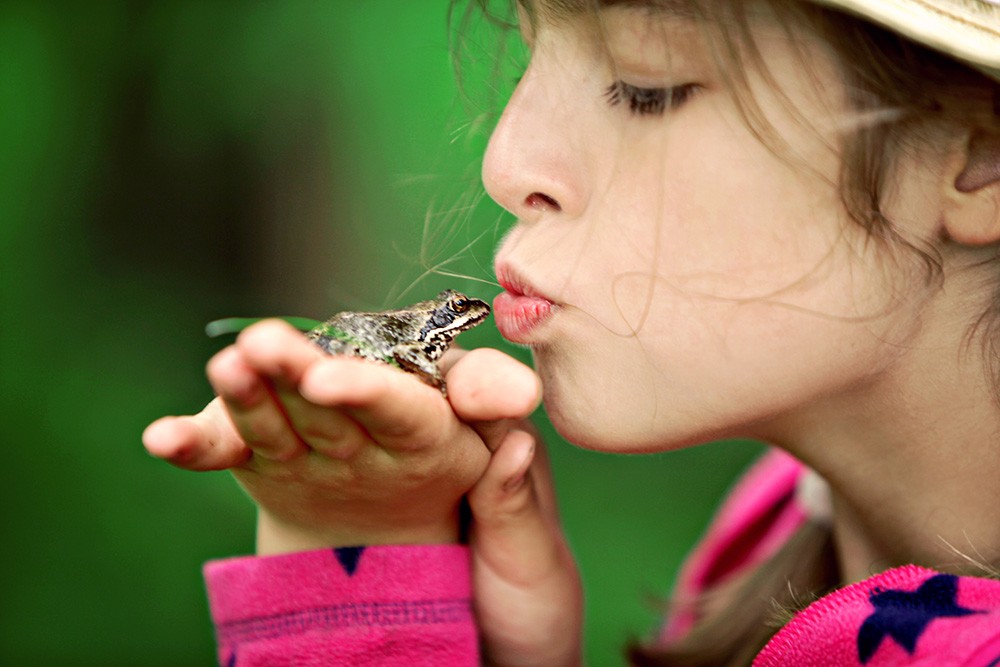How to Become a Professional Photographer Series Part 3
The Art of Visual Storytelling
Photography has long been recognised as a powerful medium for conveying stories and emotions. A single image can capture a moment in time, evoke deep feelings, and transport viewers to different places or even eras. In this article, we will delve into the fascinating world of visual storytelling through photography and explore how you can harness the potential of captivating images to tell compelling stories.
The Power of a Captivating Image

At its core, photography is about freezing a slice of reality in a frame. But beyond just capturing the scene, a truly captivating image goes beyond the surface and conveys a story. It elicits emotions, raises questions, and engages the viewer's imagination. Think about some of the most iconic images in history – they are not just photographs, but windows into the lives, struggles and triumphs of the subjects.
A captivating image starts with a strong composition. Composition involves the arrangement of elements within the frame – lines, shapes, colours, and textures. A well-composed photograph can lead the viewer's eye, highlight the main subject, and create a sense of balance or tension. Remember, the arrangement of elements can influence the mood and message of the photograph.
Using Visual Elements to Tell a Story
Visual storytelling involves the art of using photographs to convey a narrative without the need for words. This requires a keen understanding of how to effectively use visual elements to communicate emotions and ideas.

Light and Shadow: The interplay of light and shadow can add depth, drama, and atmosphere to your photographs. The way light falls on a subject can reveal character, convey time of day, and create a certain mood. Experiment with different lighting conditions to see how they impact the story you're trying to tell.

Colour Palette: Colours evoke emotions and can carry symbolic meaning. A warm, golden tone might convey nostalgia or happiness, while cooler tones might suggest isolation or mystery. Consistency in colour palette can tie together a series of images and enhance the storytelling.

Framing and Perspective: The angle from which you capture a scene can greatly affect the message. Shooting from a low angle might make the subject seem larger-than-life, while a bird's-eye view can provide context. Framing your subject within the environment can also provide additional layers to the story.

Details and Context: Sometimes, it's the small details that carry the most significance. A close-up of weathered hands can tell the story of a labourer's hard work. Including contextual elements can enrich the narrative by providing a sense of place and time.
Developing Your Photographic Style
Every photographer has a unique style that reflects their personality, experiences, and artistic preferences. Developing your style is an ongoing journey that requires exploration, experimentation, and self-discovery. Here are some steps to help you carve out your own photographic identity:
- Explore Diverse Subjects: Don't limit yourself to a single genre. Experiment with landscapes, portraits, street photography, still life, and more. Exploring various subjects will help you discover what resonates with you.
- Study Other Photographers: Analyse the work of renowned photographers as well as emerging talents. Understand their techniques, compositions, and the stories they tell through their images. This can inspire you to develop your own unique approach.
- Experiment with Techniques: Try different photography techniques, from long-exposure to macro photography. Embrace new technologies and post-processing tools to enhance your images. As you experiment, you'll uncover techniques that align with your storytelling goals.
- Consistency and Evolution: While experimenting is important, developing a consistent style helps you build a recognisable brand. However, don't be afraid of evolution. Your style can change and grow over time as you learn and develop your skills.

Finding Inspiration from Other Artists
Creativity doesn't exist in a vacuum. Drawing inspiration from other artists can fuel your own artistic journey. Here's how to do it effectively:
- Create Mood Boards: Collect images that resonate with you – not just photographs, but also paintings, films, and even music. Analyse what draws you to these images and how they convey emotion and narrative.
- Attend Exhibitions and Workshops: Engage with the photography community by attending exhibitions, workshops, and lectures. Exposing yourself to different perspectives can expand your horizons and spark new ideas.
- Collaborate and Share: Connect with other photographers, both online and in person. Collaborative projects can lead to fresh approaches and innovative ideas. Sharing your work with peers and receiving constructive feedback can also help refine your storytelling skills.
The Secrets of Visual Storytelling
In conclusion, the art of visual storytelling in photography is about more than just taking pictures – it's about using visual elements to convey emotions, provoke thought, and create a lasting impact. By understanding the power of composition, utilising visual elements effectively, developing your style, and seeking inspiration from fellow artists, you can elevate your photography to a level where each image becomes a compelling chapter in the grand story you're telling through your lens.
Share this story


